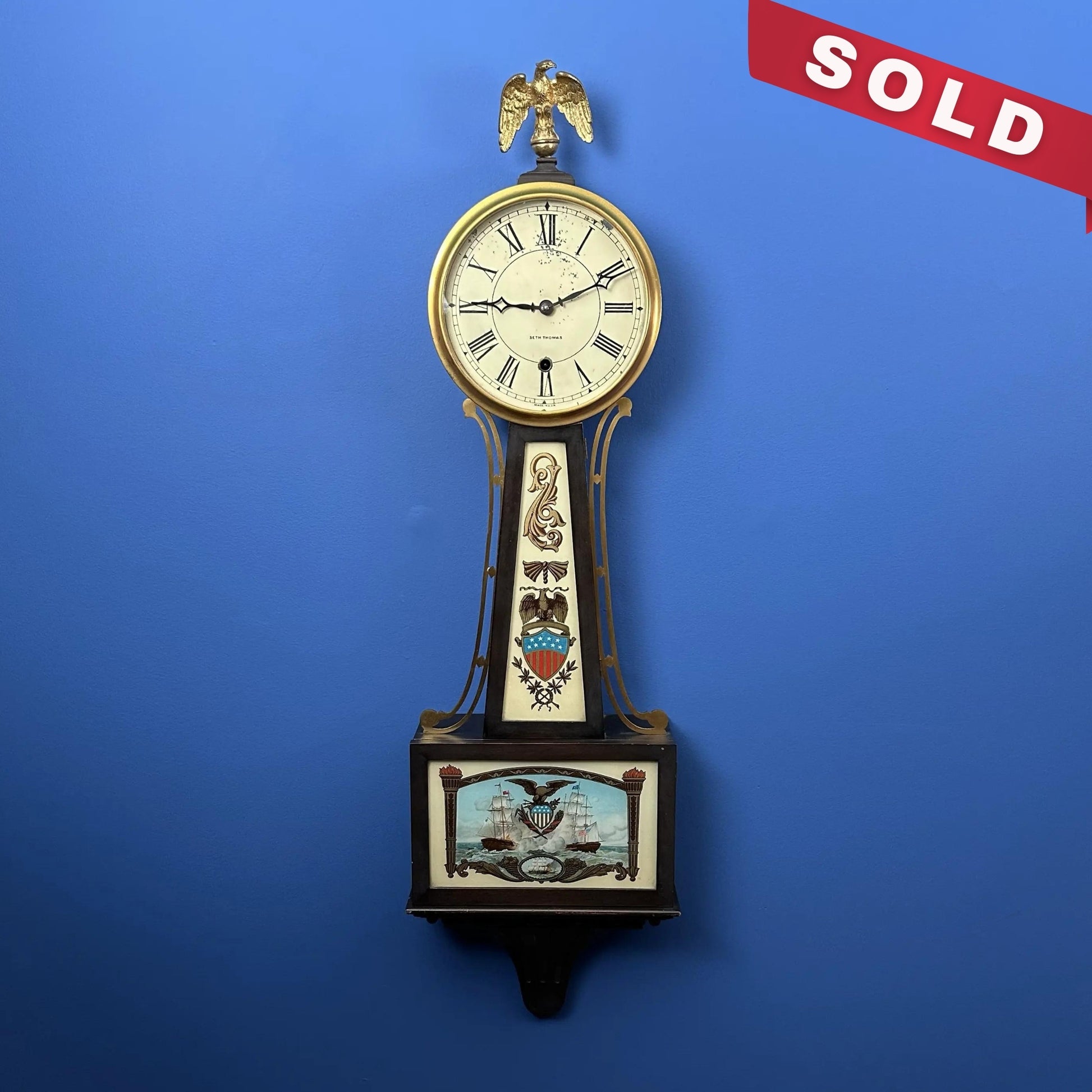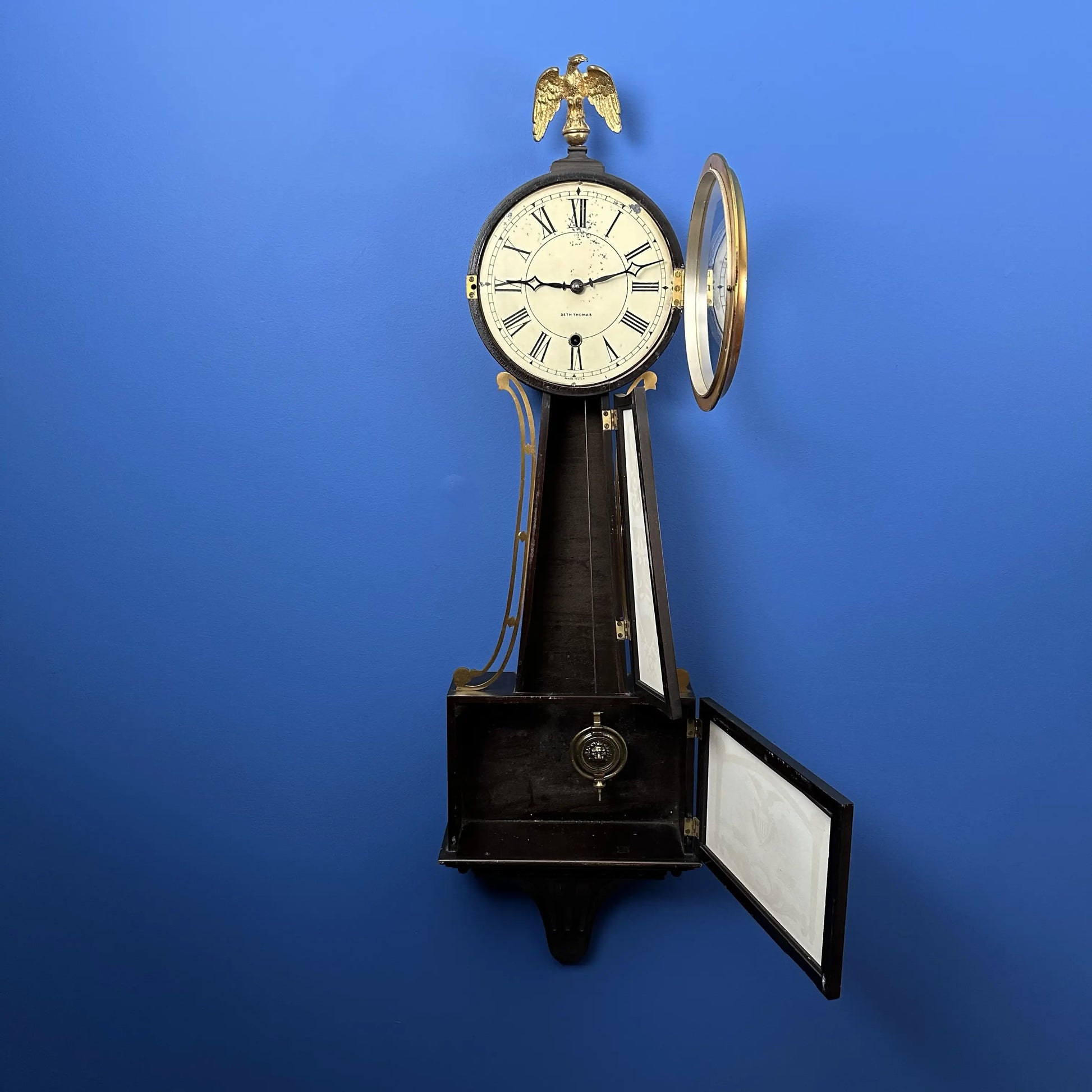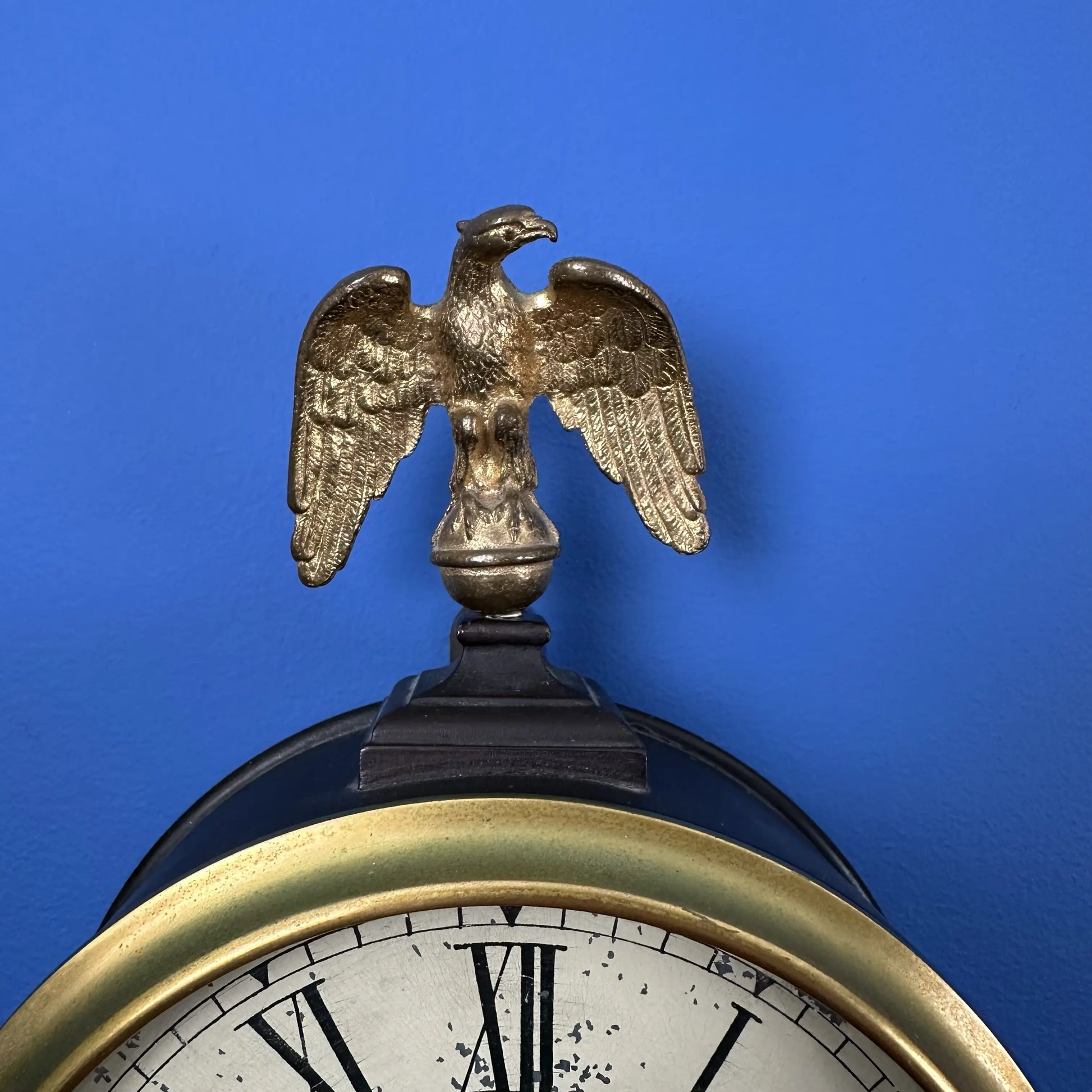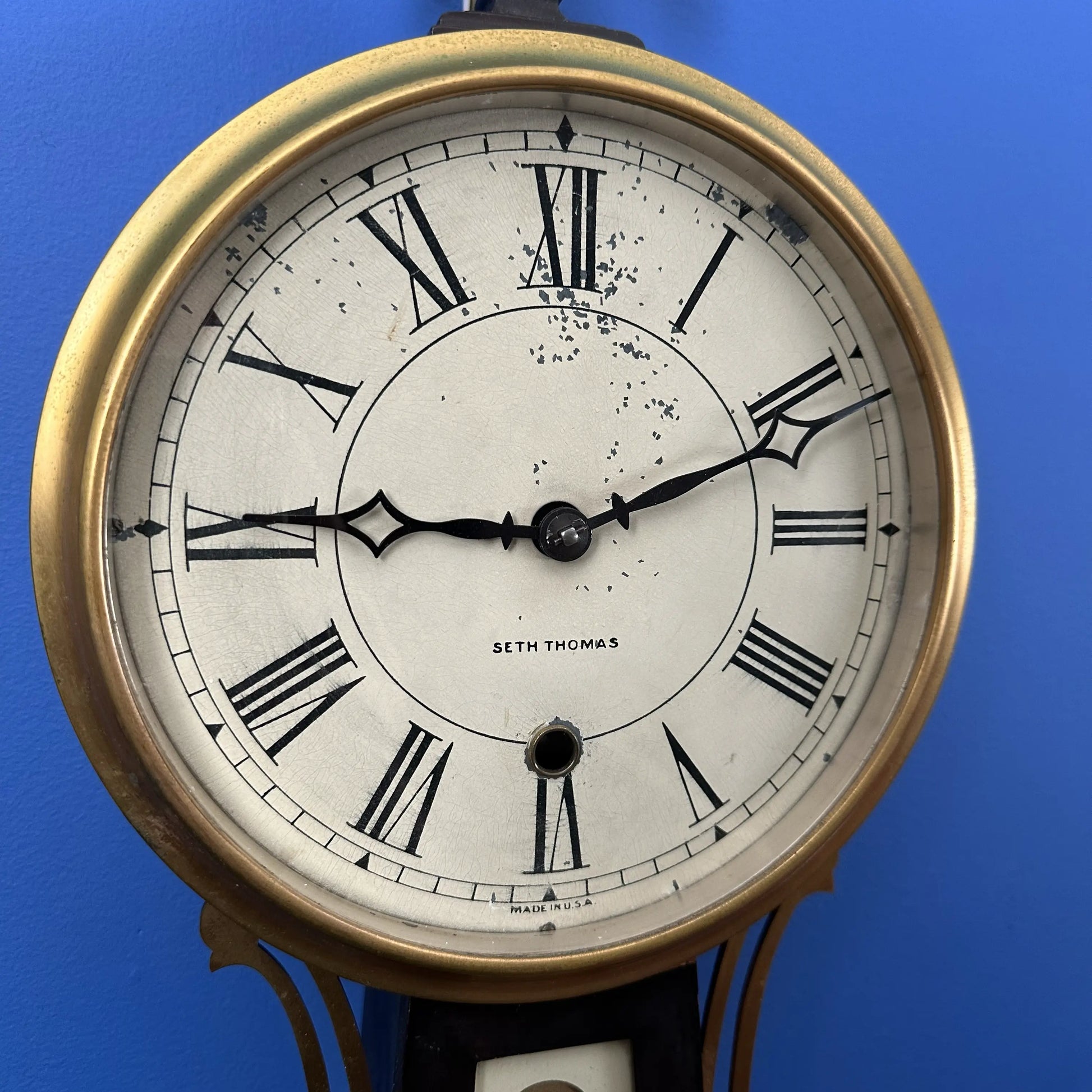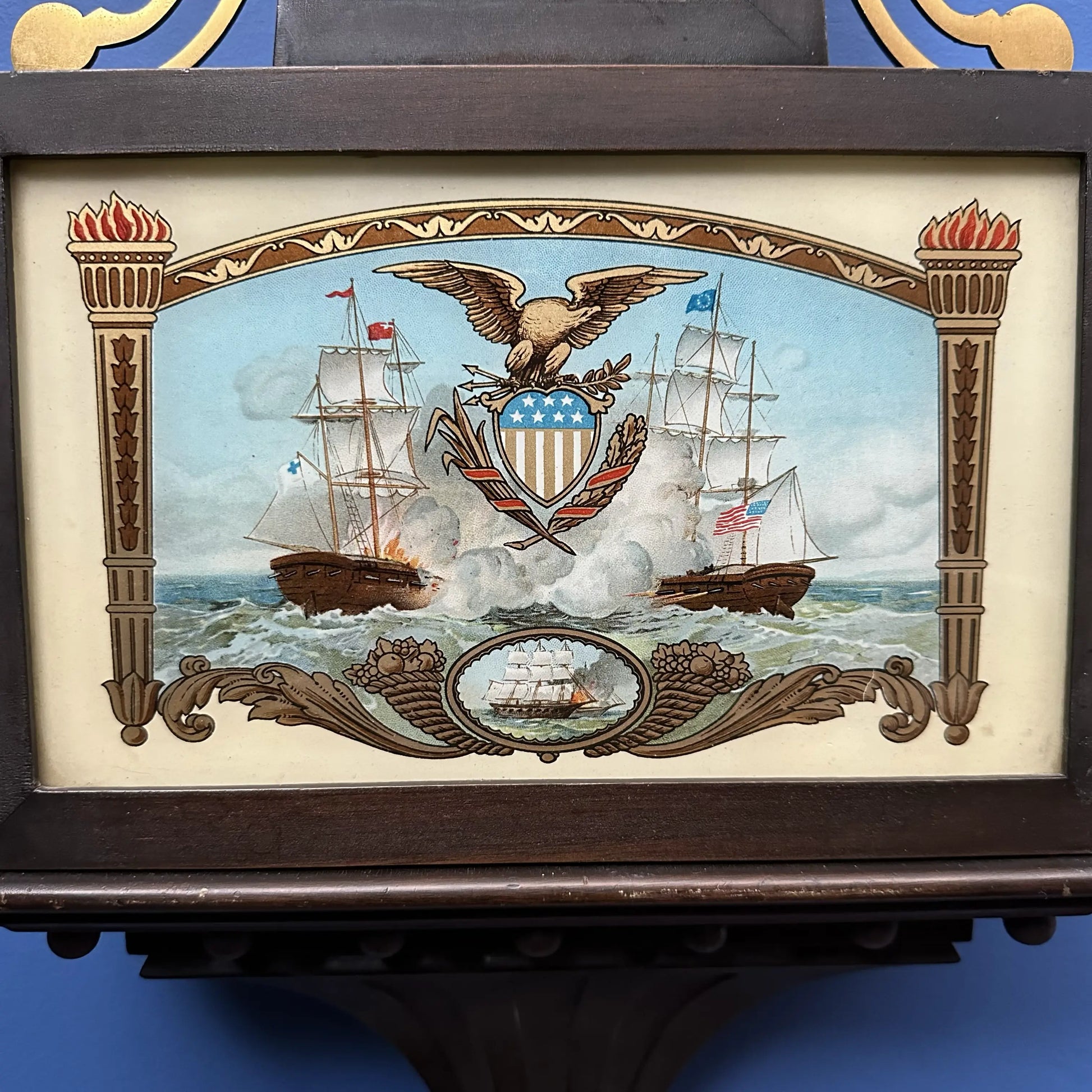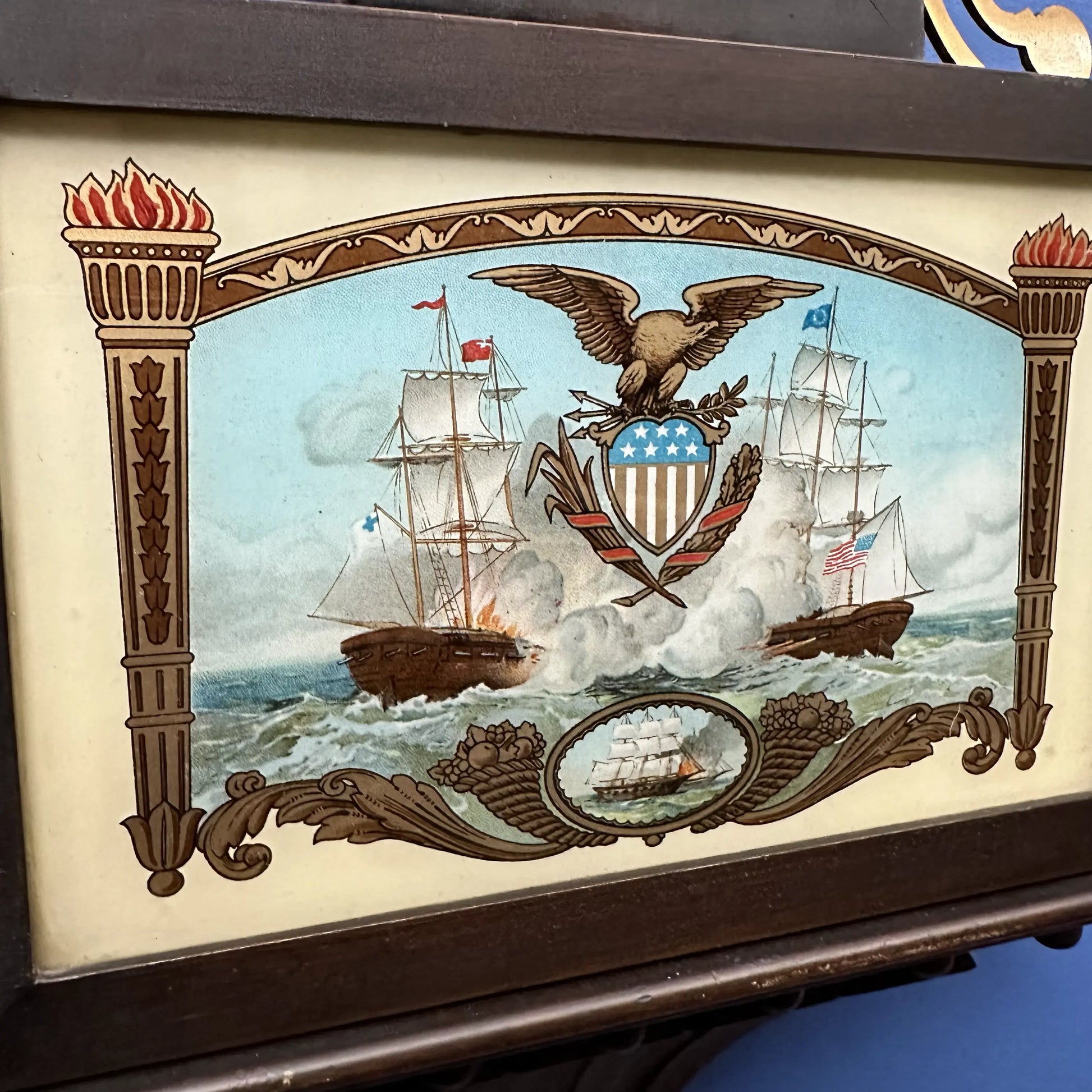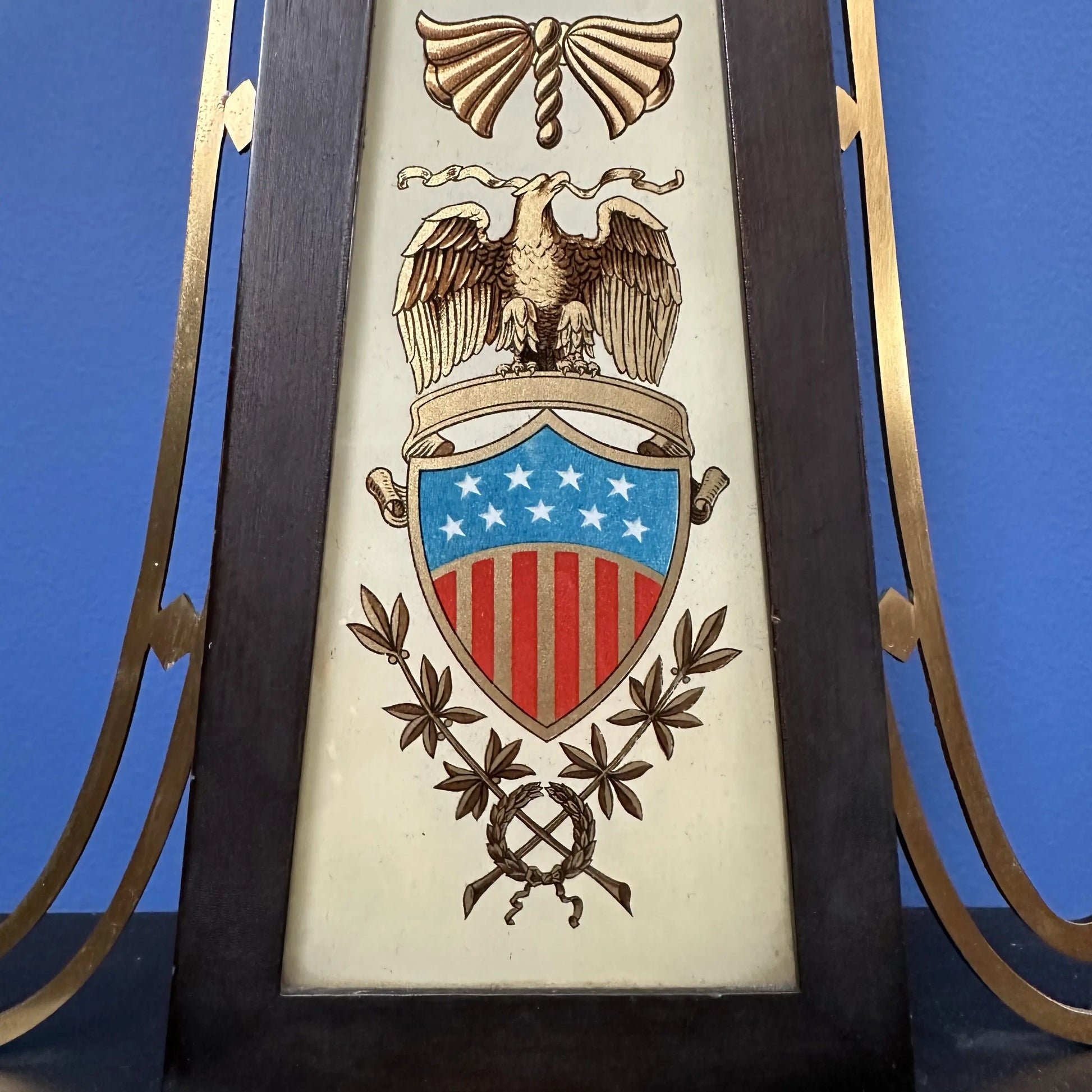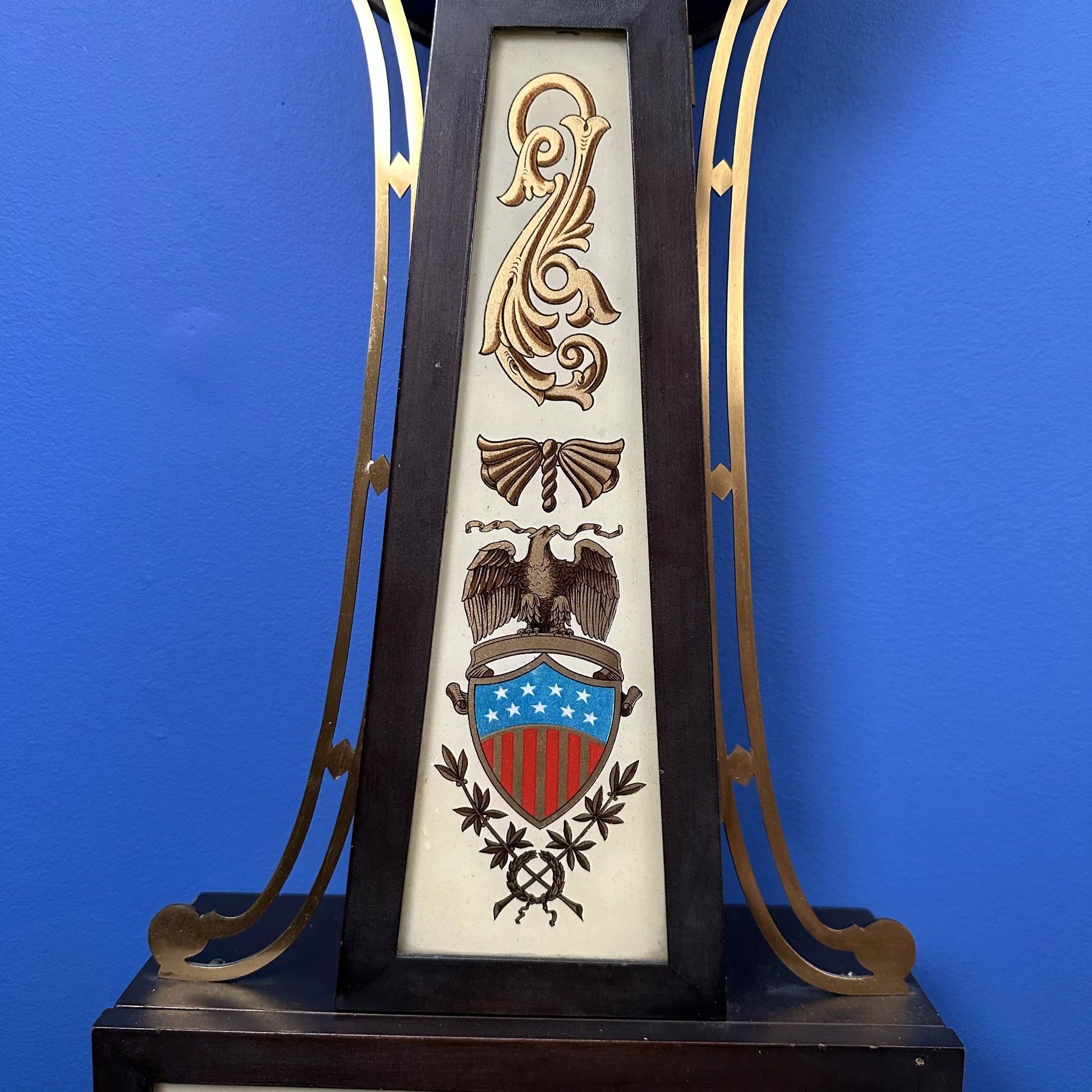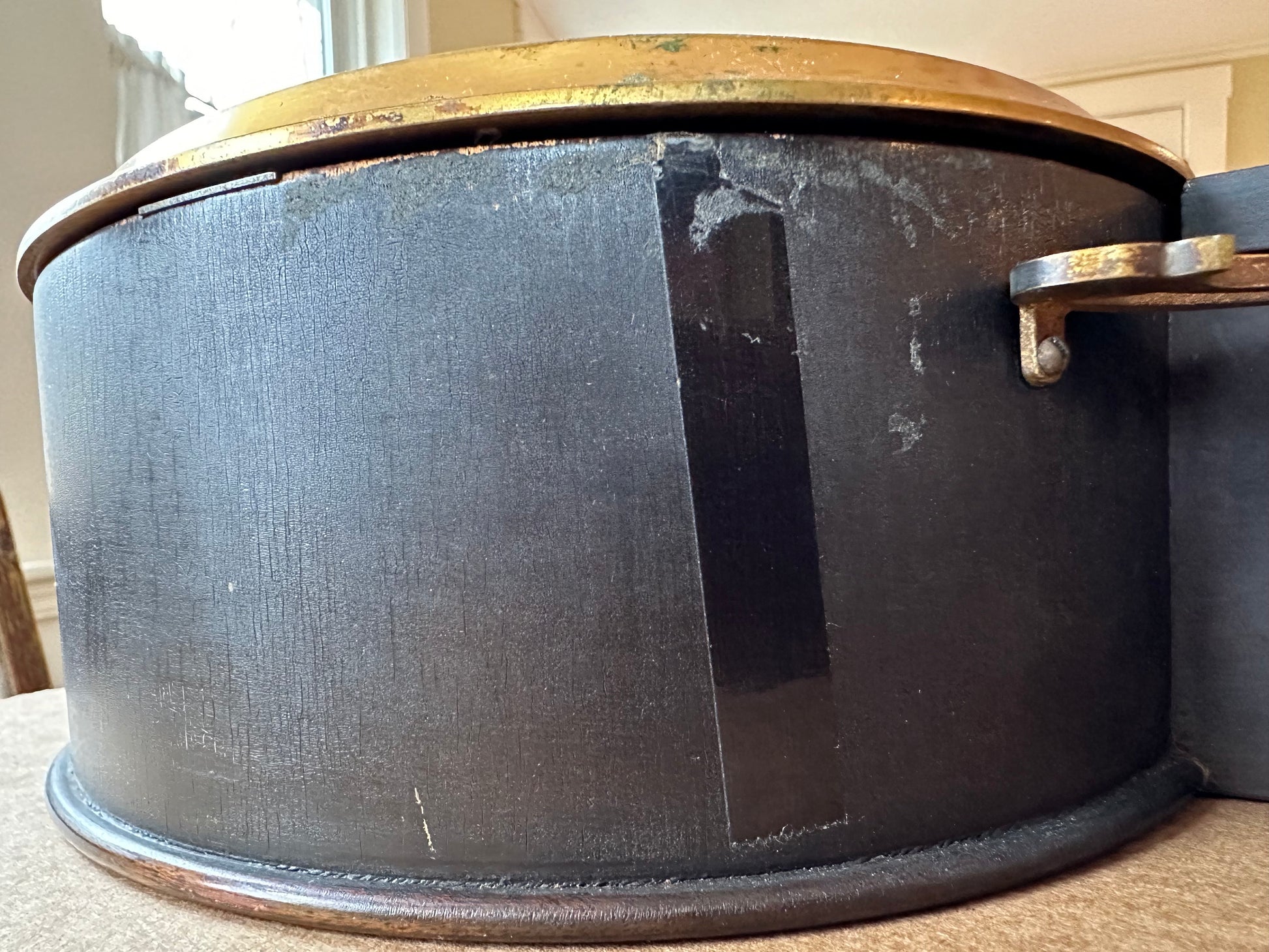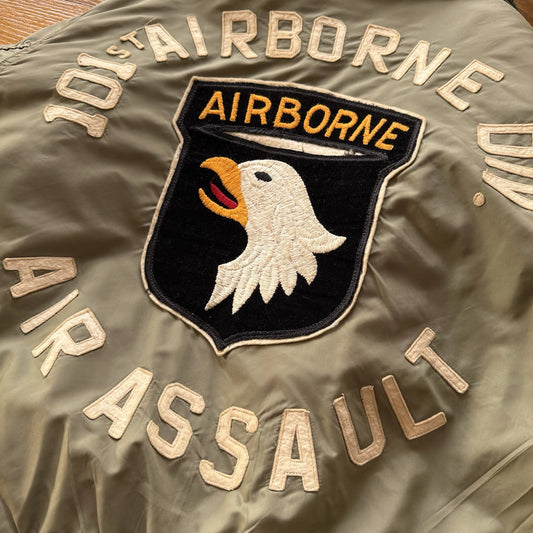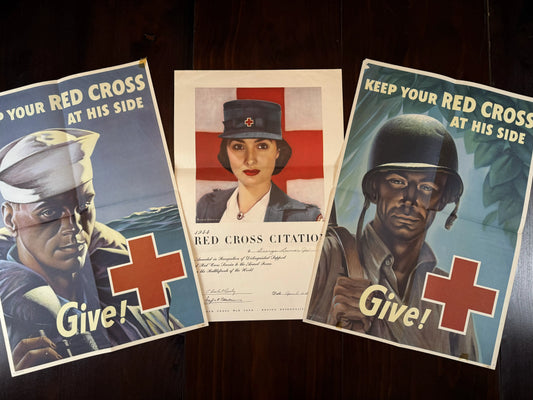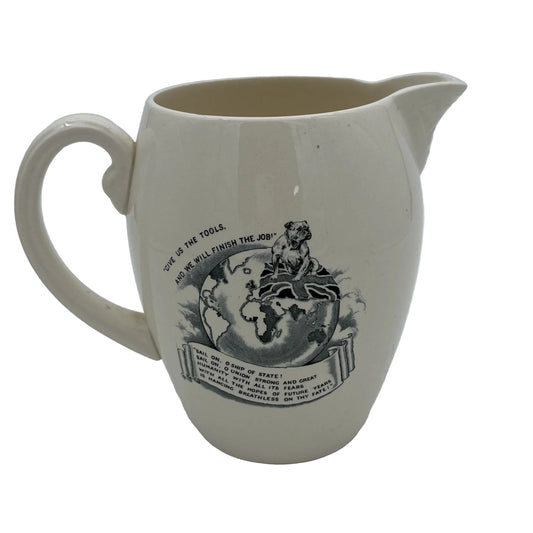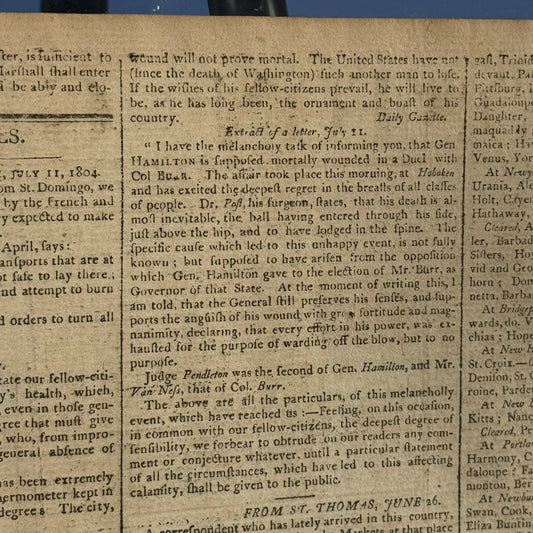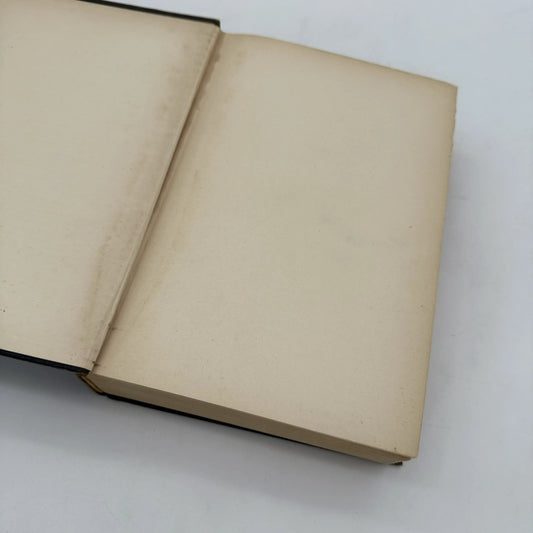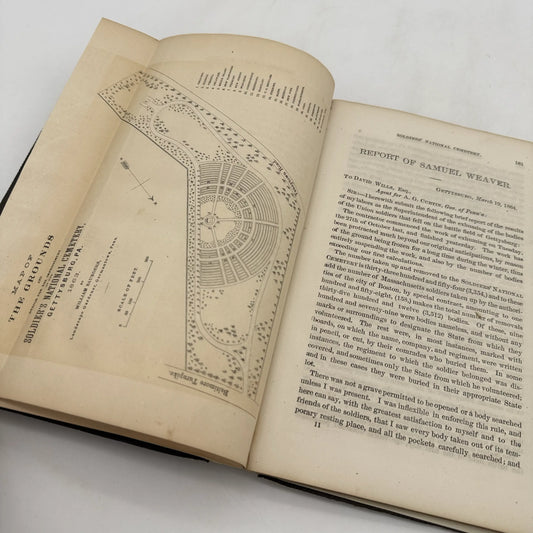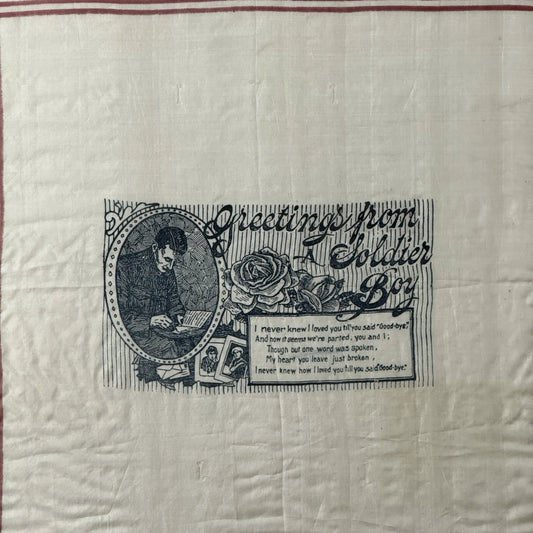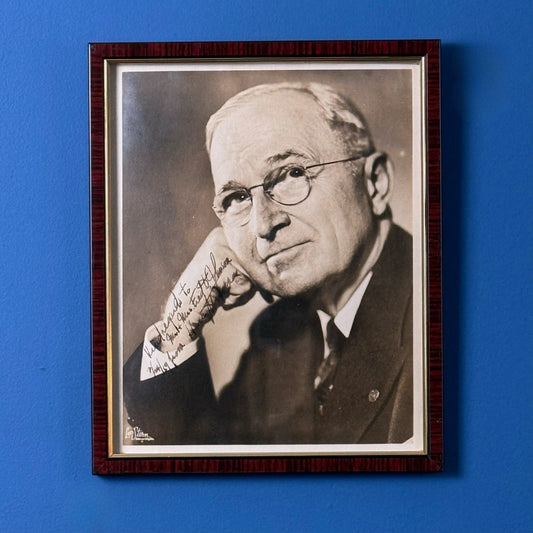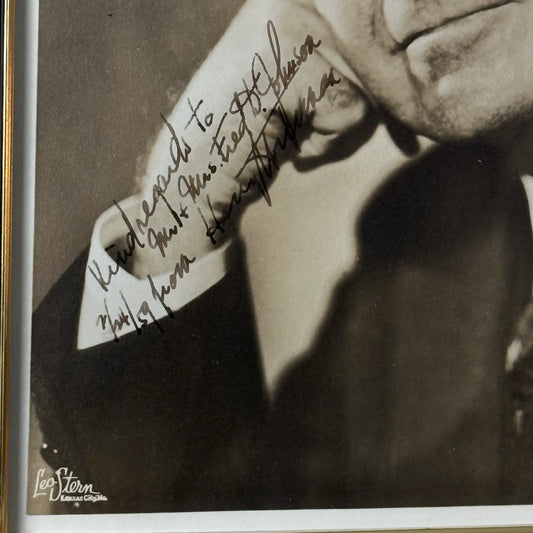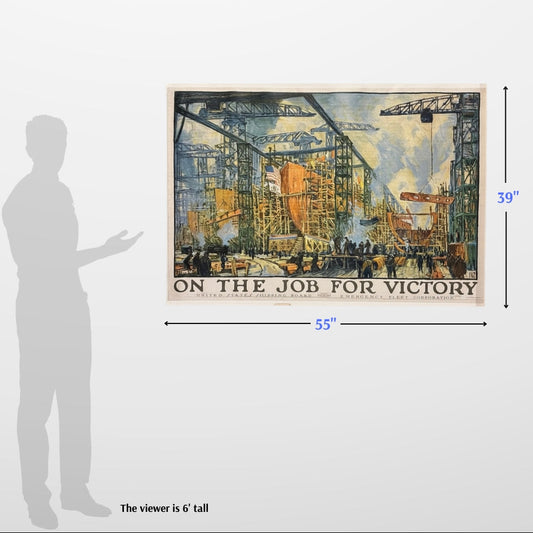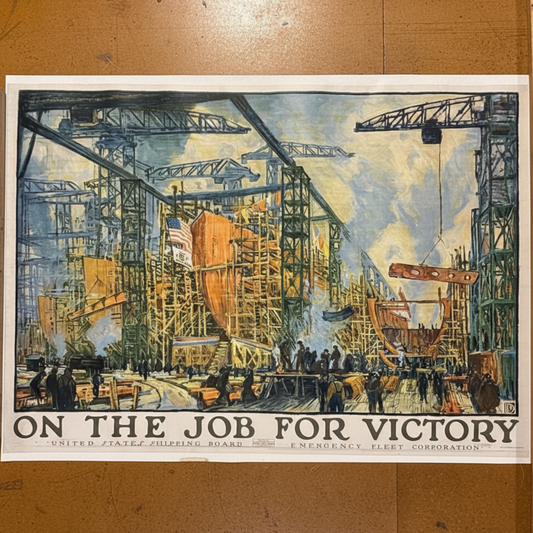Seth Thomas "Banjo Clock" with a depiction of a naval engagement
Seth Thomas "Banjo Clock" with a depiction of a naval engagement
Updated March 29: This has been sold.
Seth Thomas mahogany "banjo style" patriotic wall clock from the early 1800s depicting a naval engagement between two large sailing ships and topped with gold-toned metal eagle.
In their catalog, it was "Banjo No. 1" and described this way:
"Mahogany case and decorated panels. Eight-day pendulum time movement No. 41. Polished brass side ornaments. 7-inch dial. Height 37½ inches. Width 10½ inches. Also fitted with No. 117 full 7-jeweled movement."
"The clock comes with a key to wind it and, as you can see in the video, it runs, though I don't know how well it keeps time. At the bottom of the pendulum you can make an adjustment to fine tune the speed. These are beautiful as they are. And if it needs to be serviced, any clock repair shop should be able to help. The mechanism is easy to get to and is not complicated.
"When I was researching these I came across one that depicts the Wayside Inn, a historic inn a few minutes from my house that dates to 1761 and sits along the Old Boston Post Road. (The inn was made famous by Longfellow. His "Midnight Ride of Paul Revere" appears in his Tales of the Wayside Inn, a book he worked on while staying there that included the stories of travelers, real or imagined, whom he met during his stay.)
"Although the reverse-painted image of the inn isn't in nearly as good a condition as the one on the clock offered here, it now hangs in my kitchen and I admire it every time I walk by. I think you'll have that same feeling when this clock is hanging in your home.
"Two notes on appearance: There are some small flecks of paint missing from the clock face. (I have no idea what caused that.) The image behind glass along the "throat" of the clock and behind the panel at the bottom is in perfect condition; there is no loss at all.
"As shown in the last picture, someone attached a piece of tape at some point. It's not very noticeable. Rather than try to remove it and possibly severely damage the finish, I left it.
"I believe that the tape may have been added to keep the clock face cover closed. I adjusted the catch and once you hang it on your wall and close the cover, it stays closed."
— Lee Wright | Founder
Size: 37½" from the top of the eagle to the base and 10½" at it's widest point.
Shipping: $45. Please allow one week for shipping.
Historical background
Simon Willard
"This clock style was created by Simon Willard of Massachusetts and patented in 1802. The shape of the upper part of the case inspired the term banjo clock, a name Willard did not use.
"Simon Willard (born April 3, 1753, Grafton, Massachusetts, U.S.—died August 30, 1848, Roxbury, Massachusetts) was a famous American clock maker and was the most celebrated of a family of Massachusetts clock makers who designed and produced brass-movement clocks between 1765 and 1850."
Source: Britannica
Seth Thomas
"Seth Thomas (1785-1859) was one of the earliest clockmakers who realized he could successfully mass-produce clocks.
"Prior to working as a clockmaker, he was a carpenter and joiner who built homes and barns. He was approached by two clockmakers in 1807 because of his woodworking skills, and in the ensuing two years, the three men made thousands of clocks. Eventually, in 1812, Thomas set up his own clock factory in Plymouth Hollow, Conn. After his death, the western part of Plymouth Hollow was made into a separate town and named Thomaston in his honor.
"The banjo clock was invented by another famed clockmaker in 1802. Simon Willard (1753-1848) designed the shape that is recognized for its circular dial that sits upon a tapered trunk over a box-shaped base. It is named for the banjo because of its form, which was devised to save on scarce materials. A brass eagle or dove adorning the clock became a popular decoration for clocks made after 1812."
Source: Chicago Tribune
Made by America
Made by America
Almost all of the new products we offer are designed by us and made in America and most of our Rare Finds were made in America.
Our original designs are based on our nation’s history and our love of American history. Read more about other things we've created, including The History List, History Camp, and The Pursuit of History, in addition to The History List Store.
Every product that is made in America states that in the product description and includes the "Made in U.S.A." graphic.
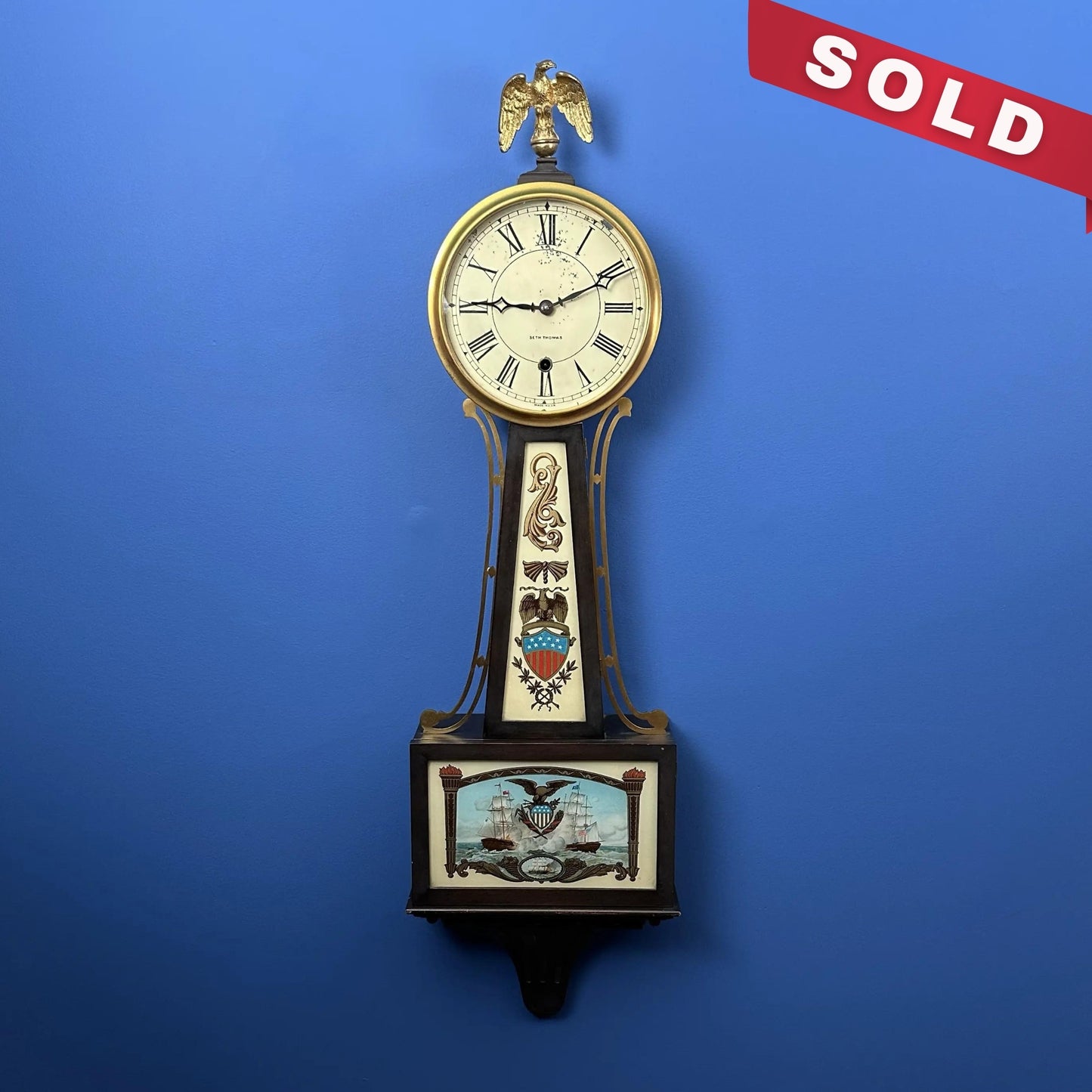
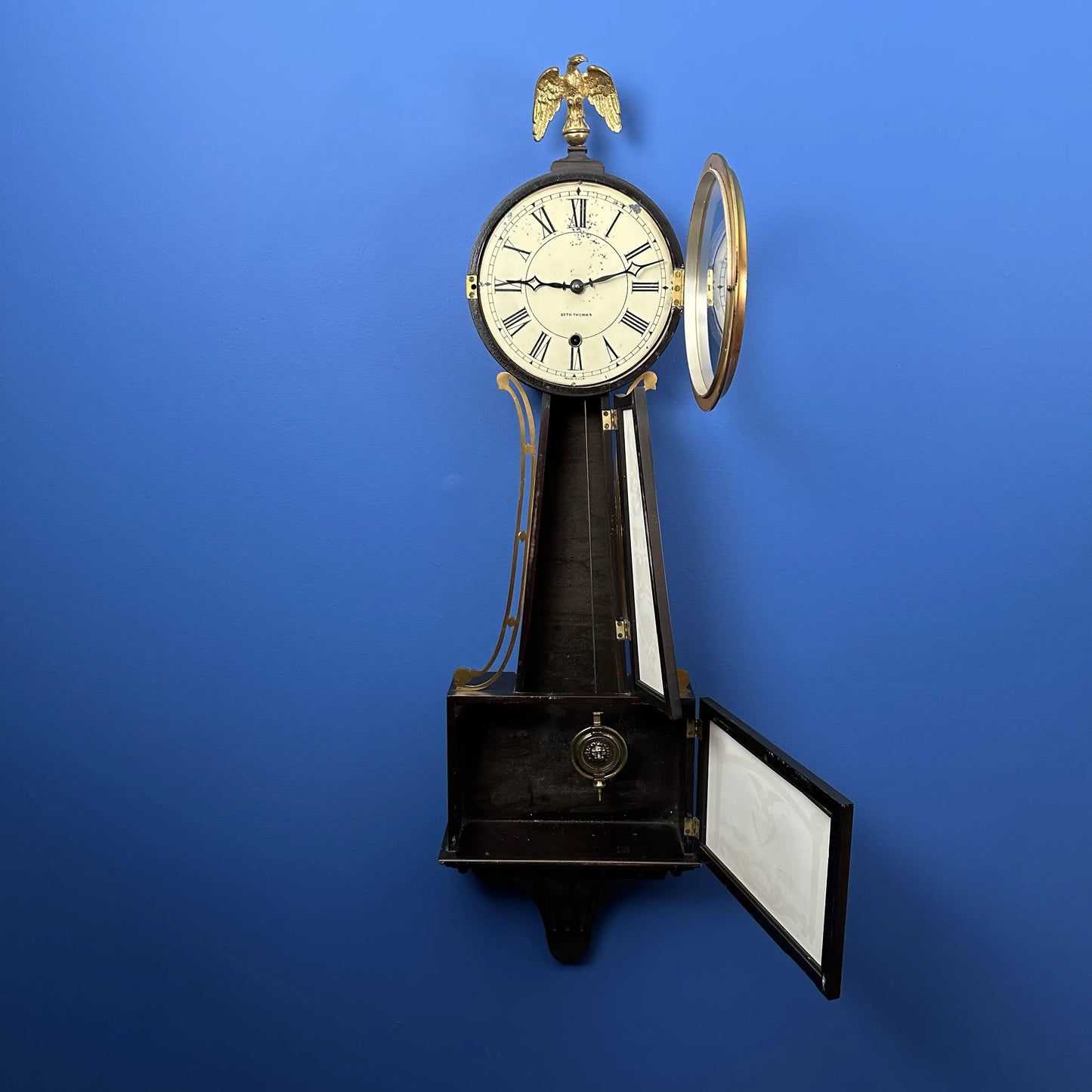
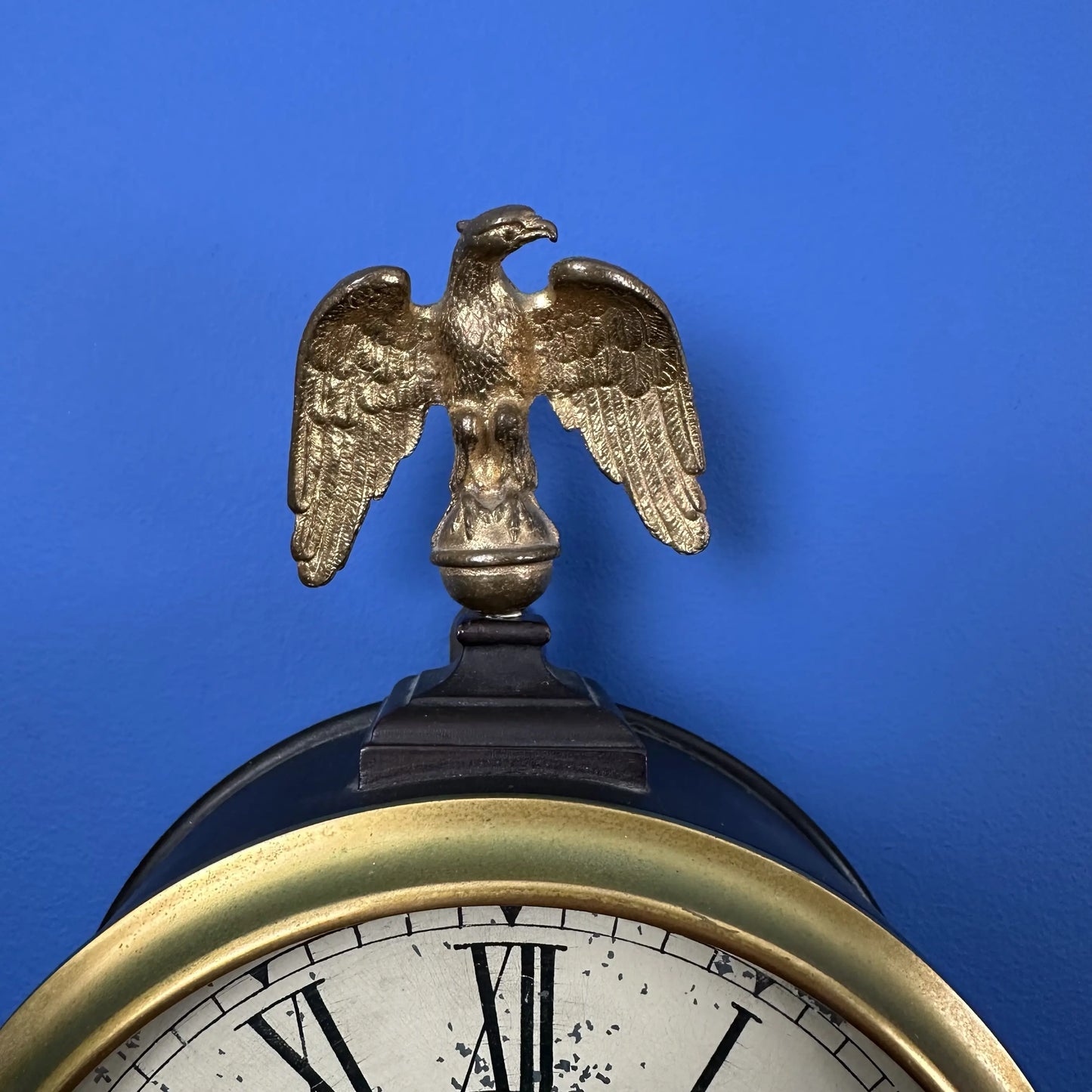
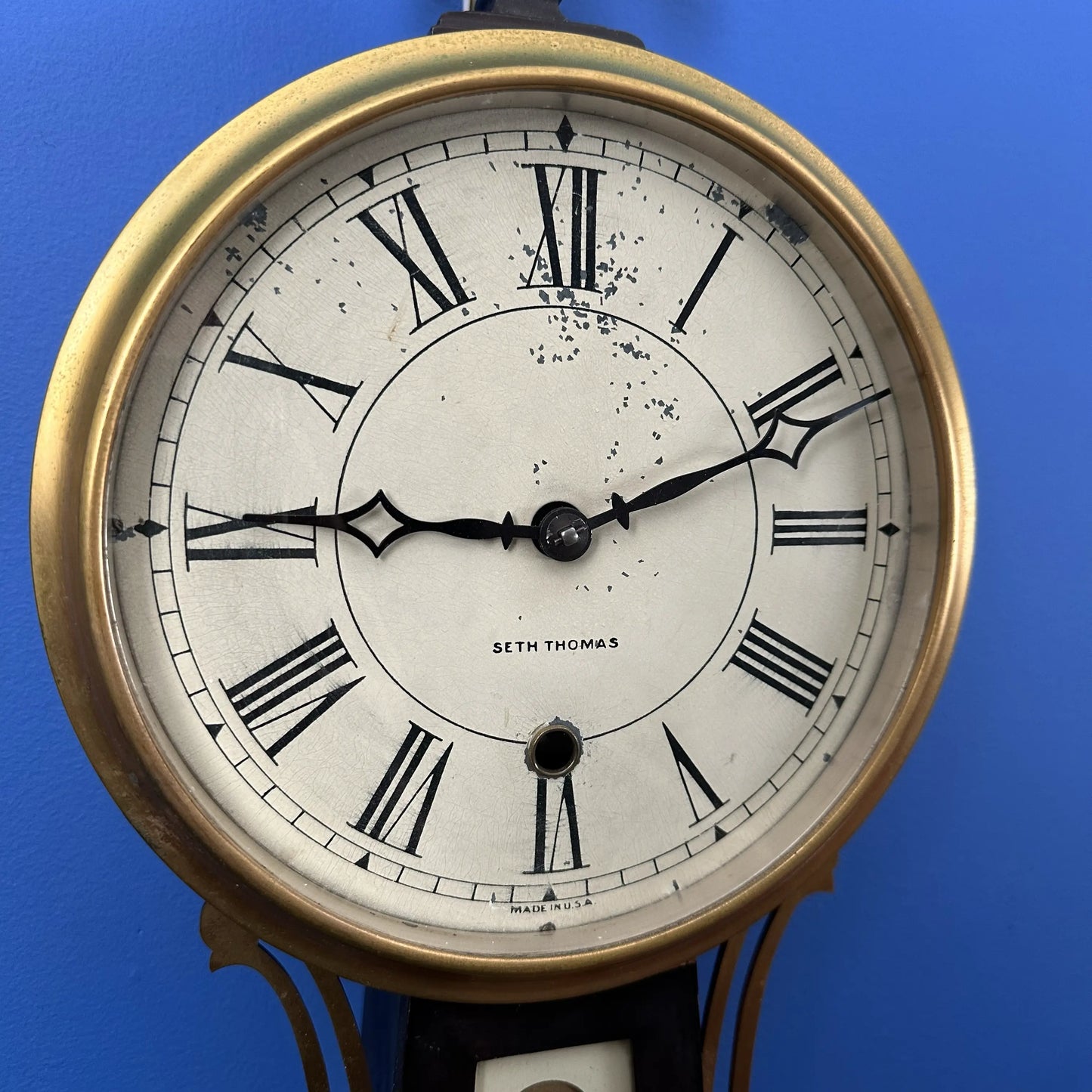
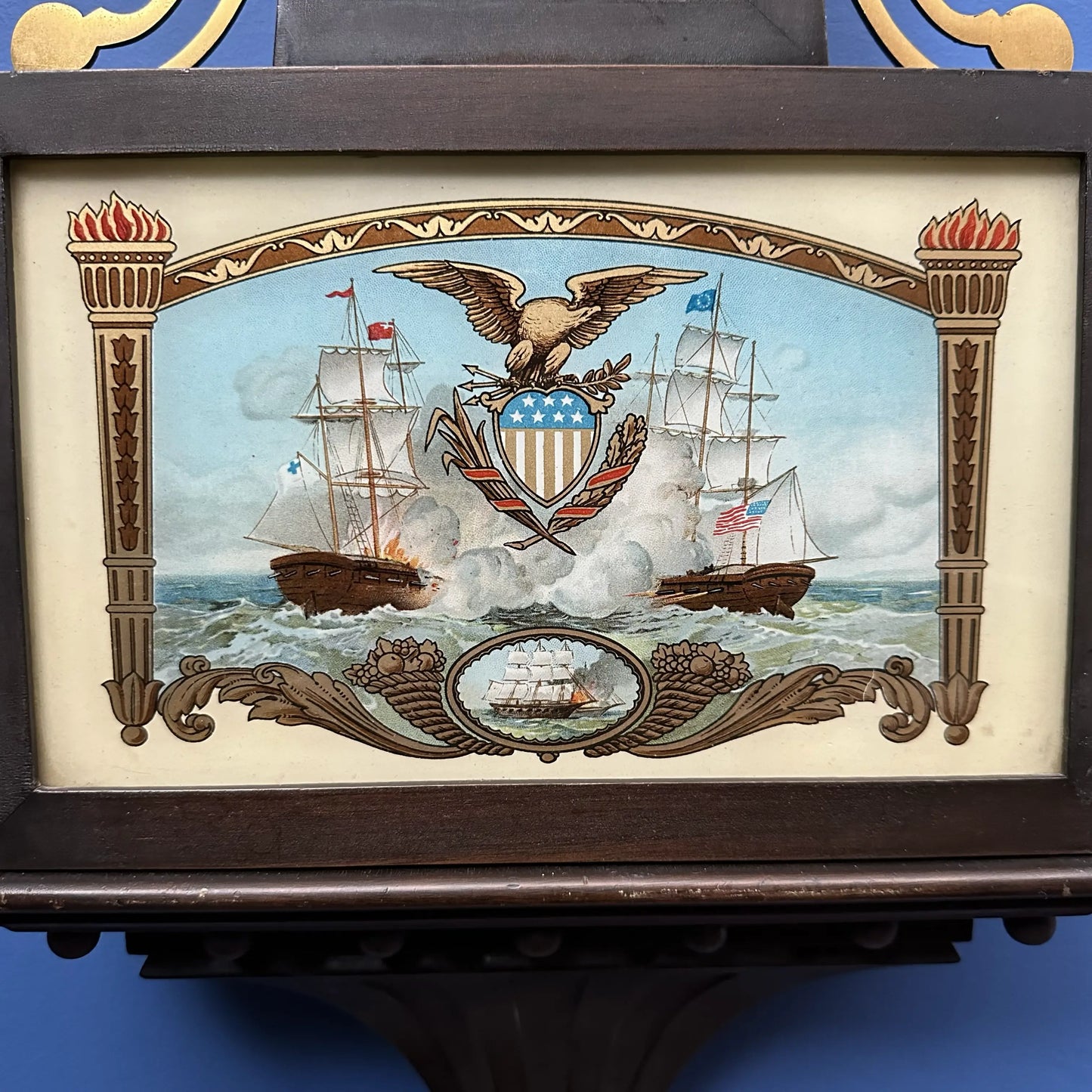
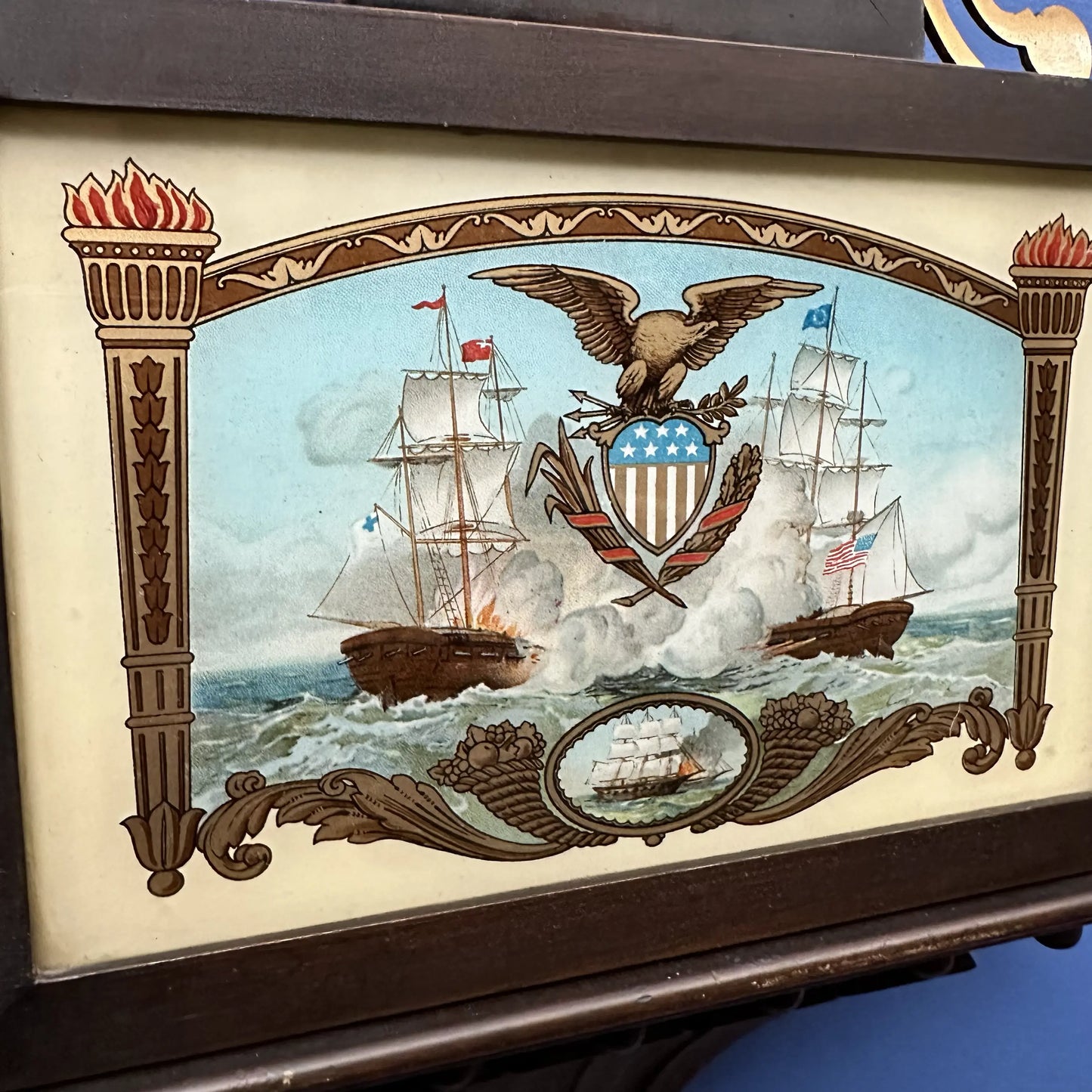
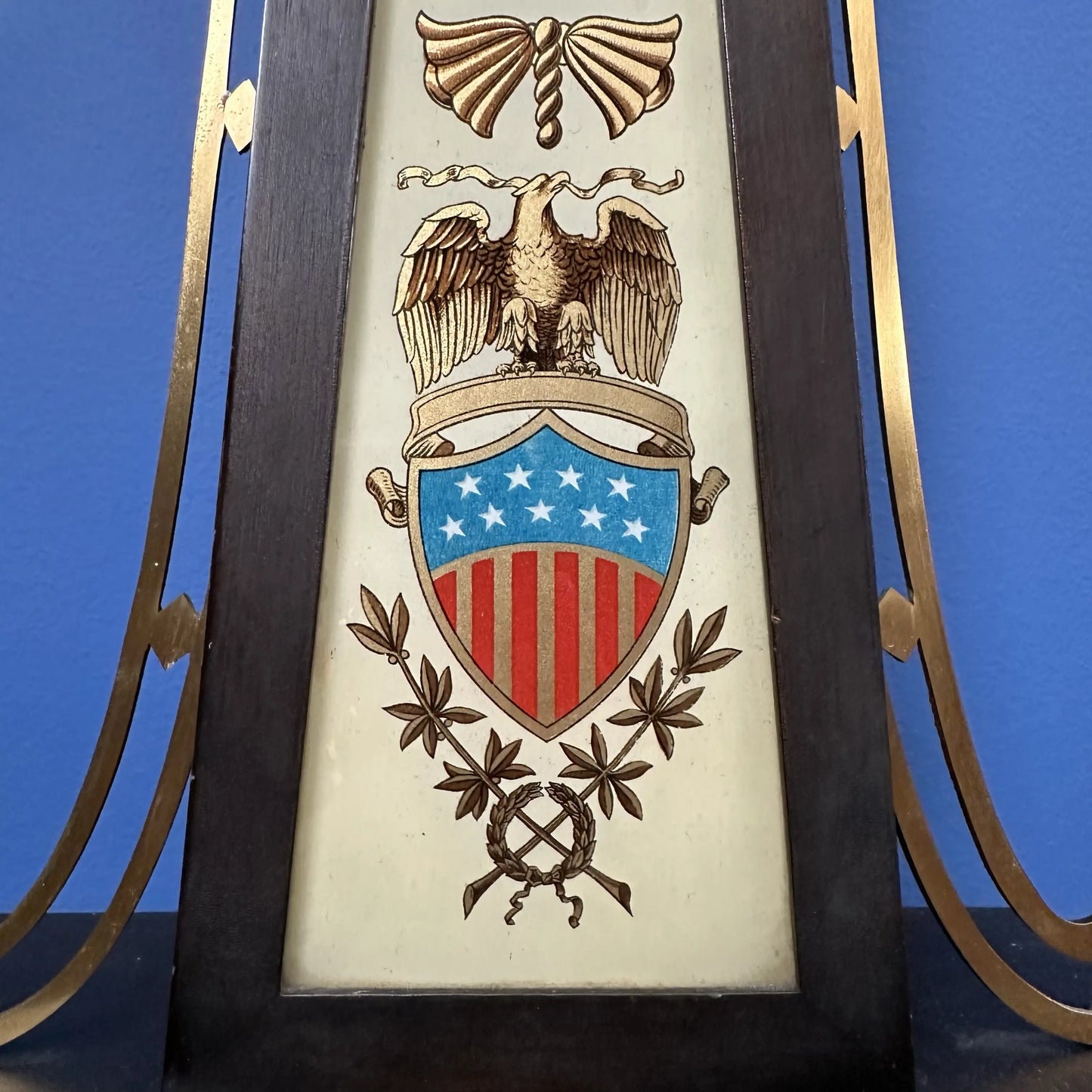
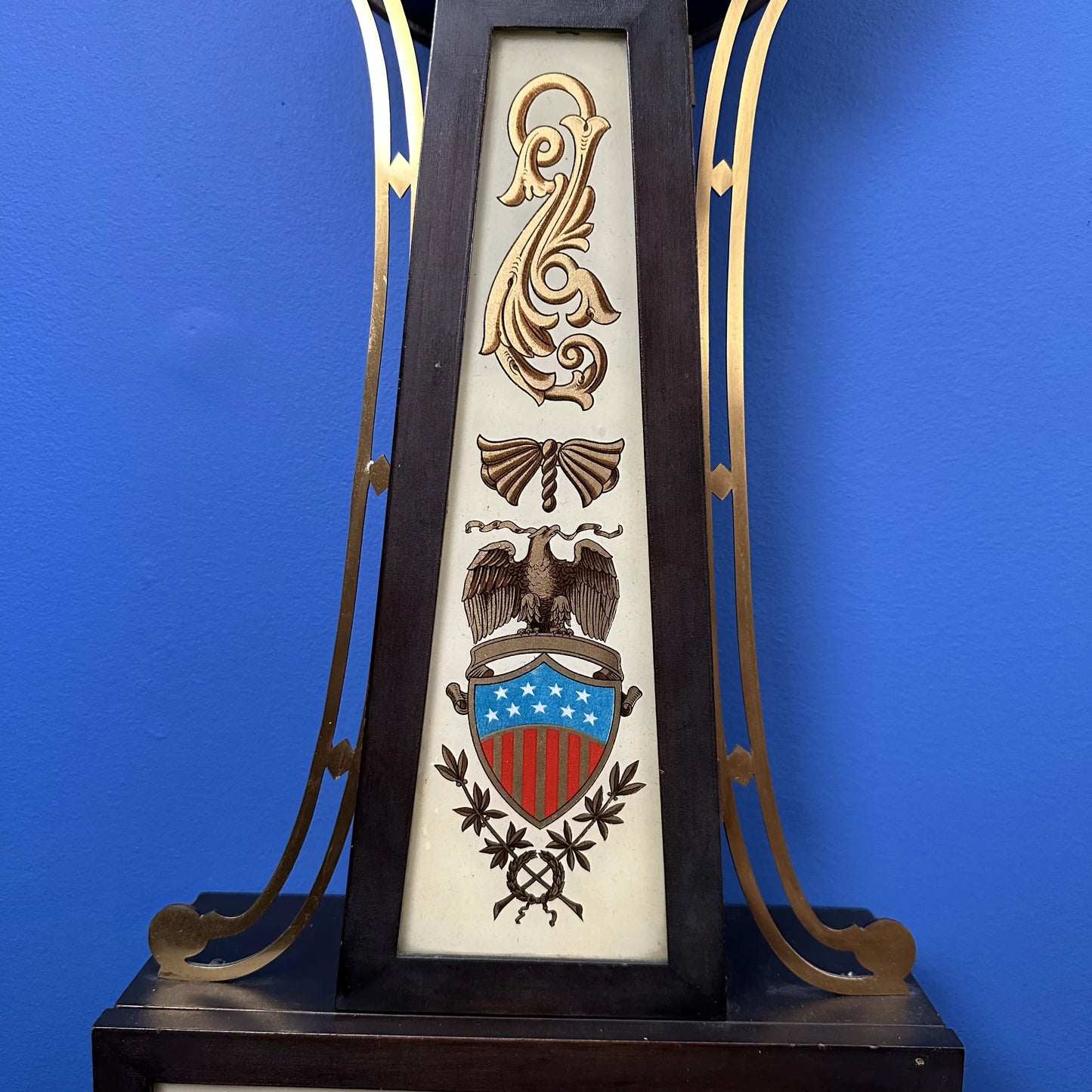
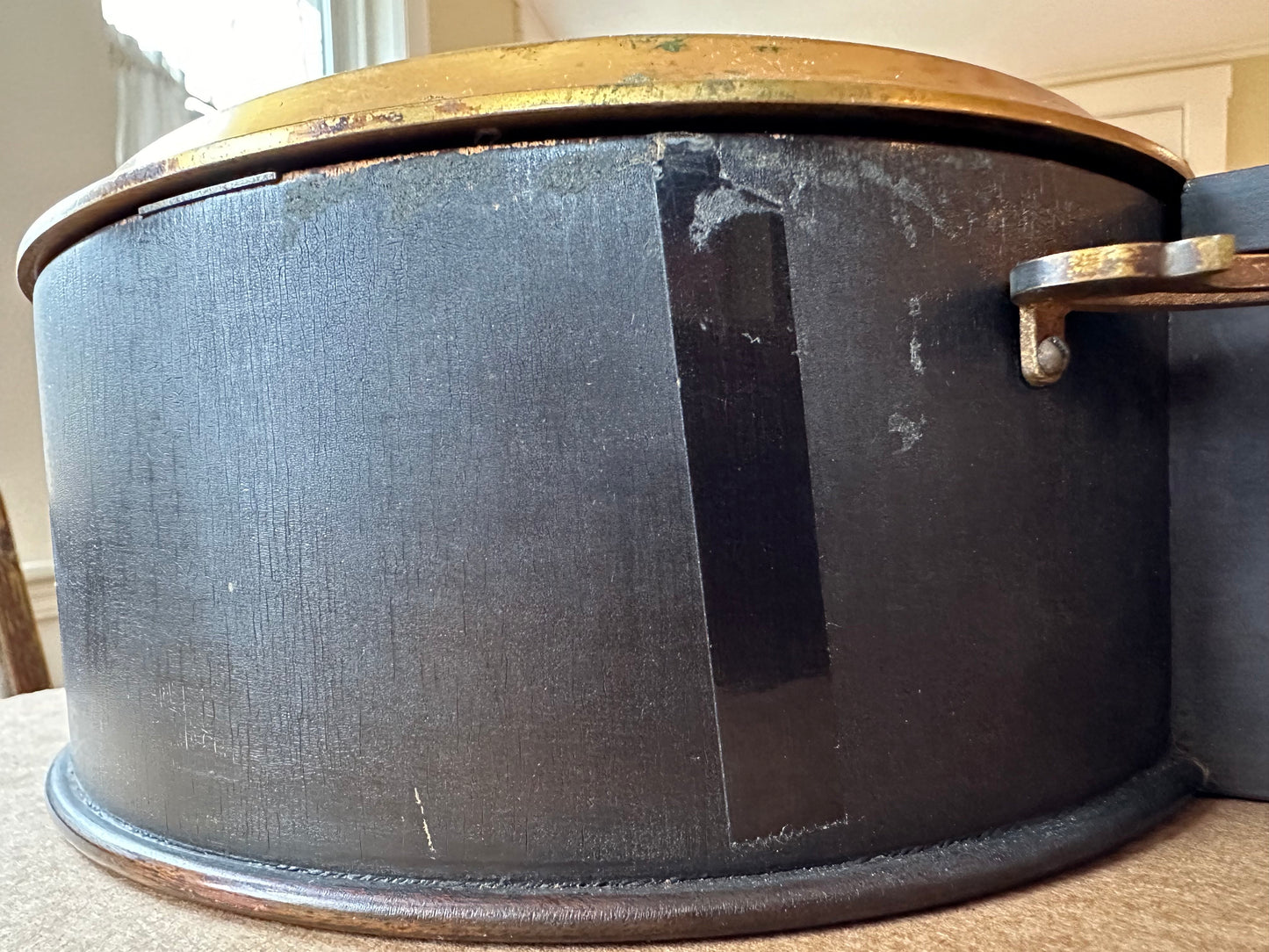
New in Rare Finds this week
-
WWII Red Cross Posters
"yes"
Sold out -
Sold out

